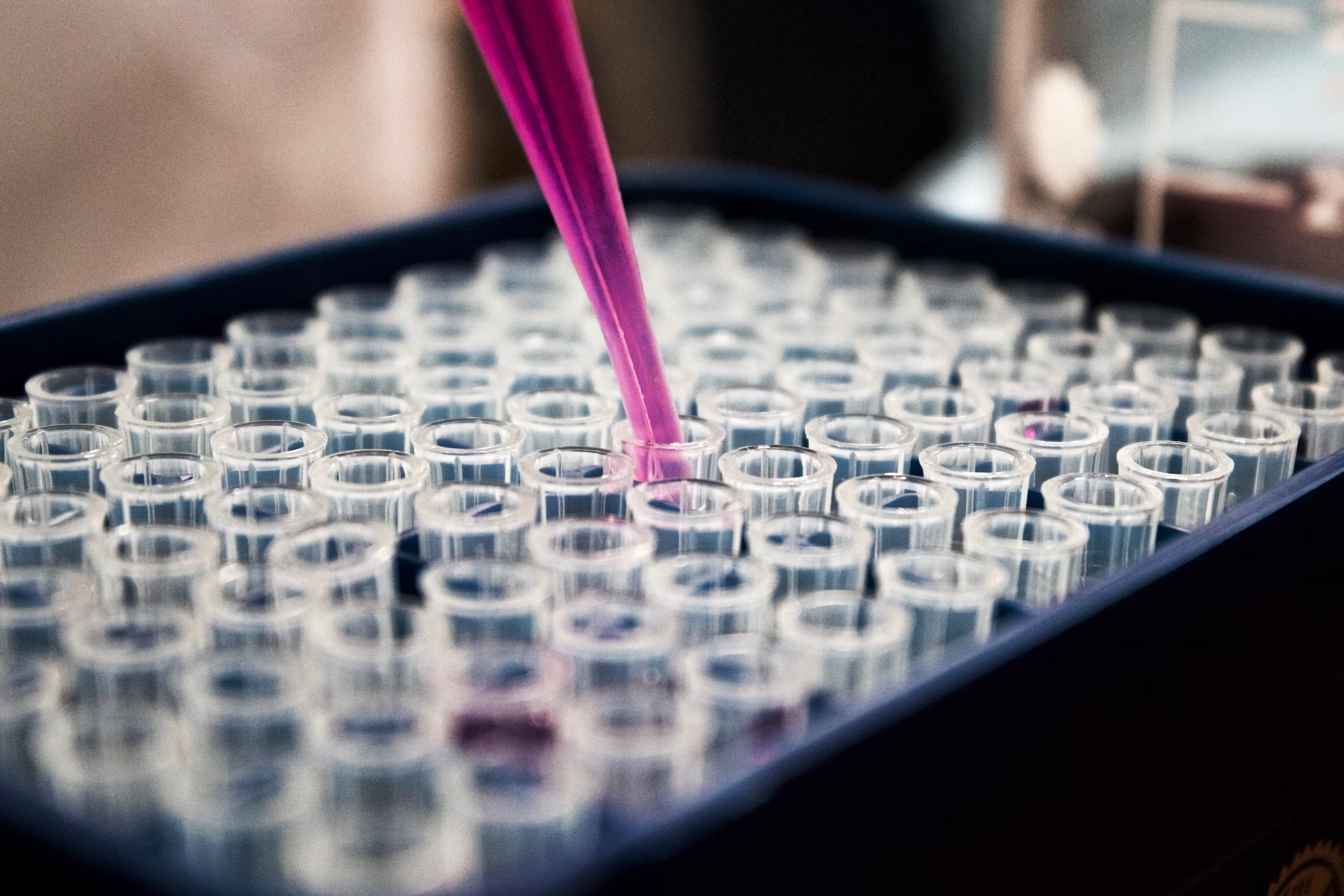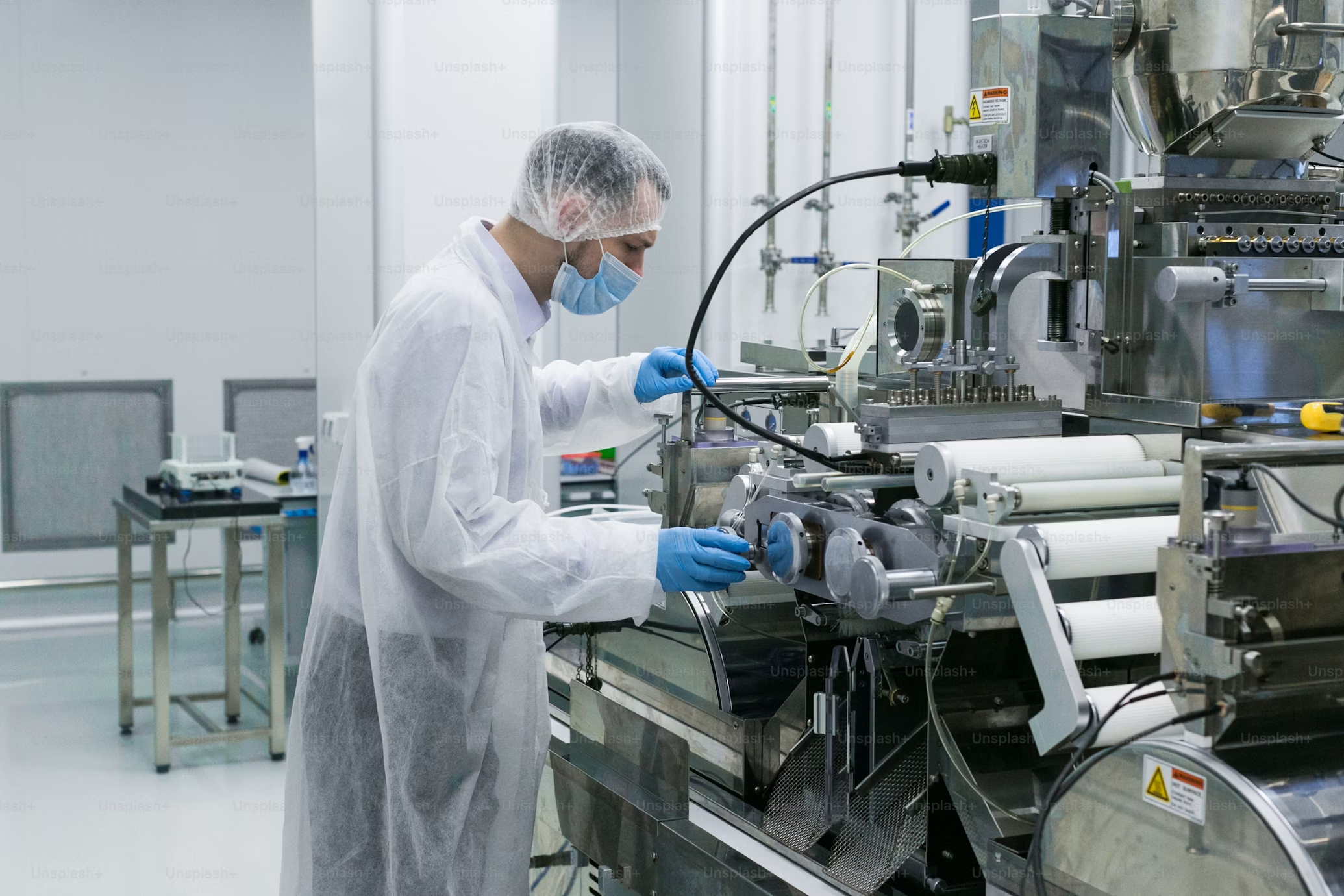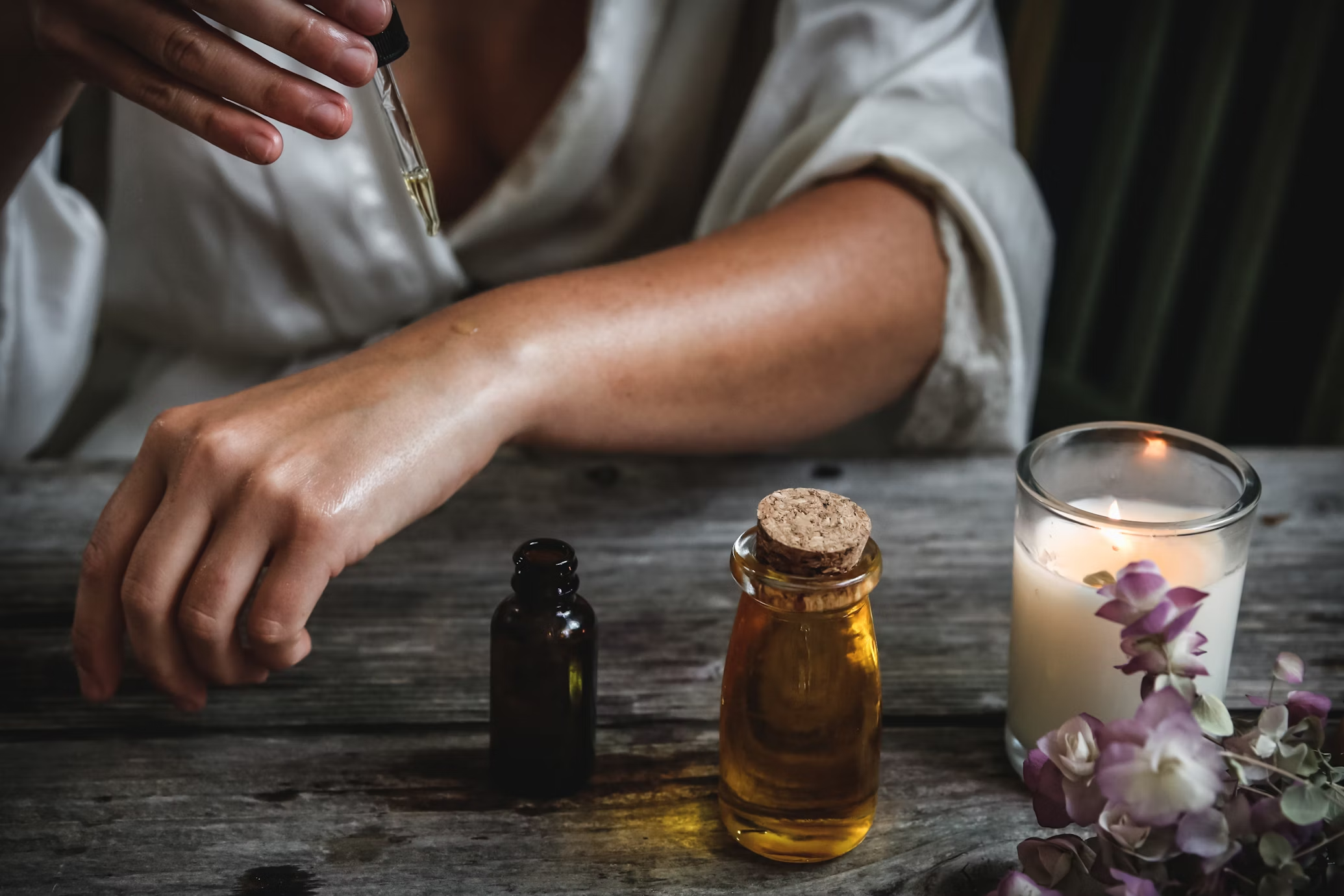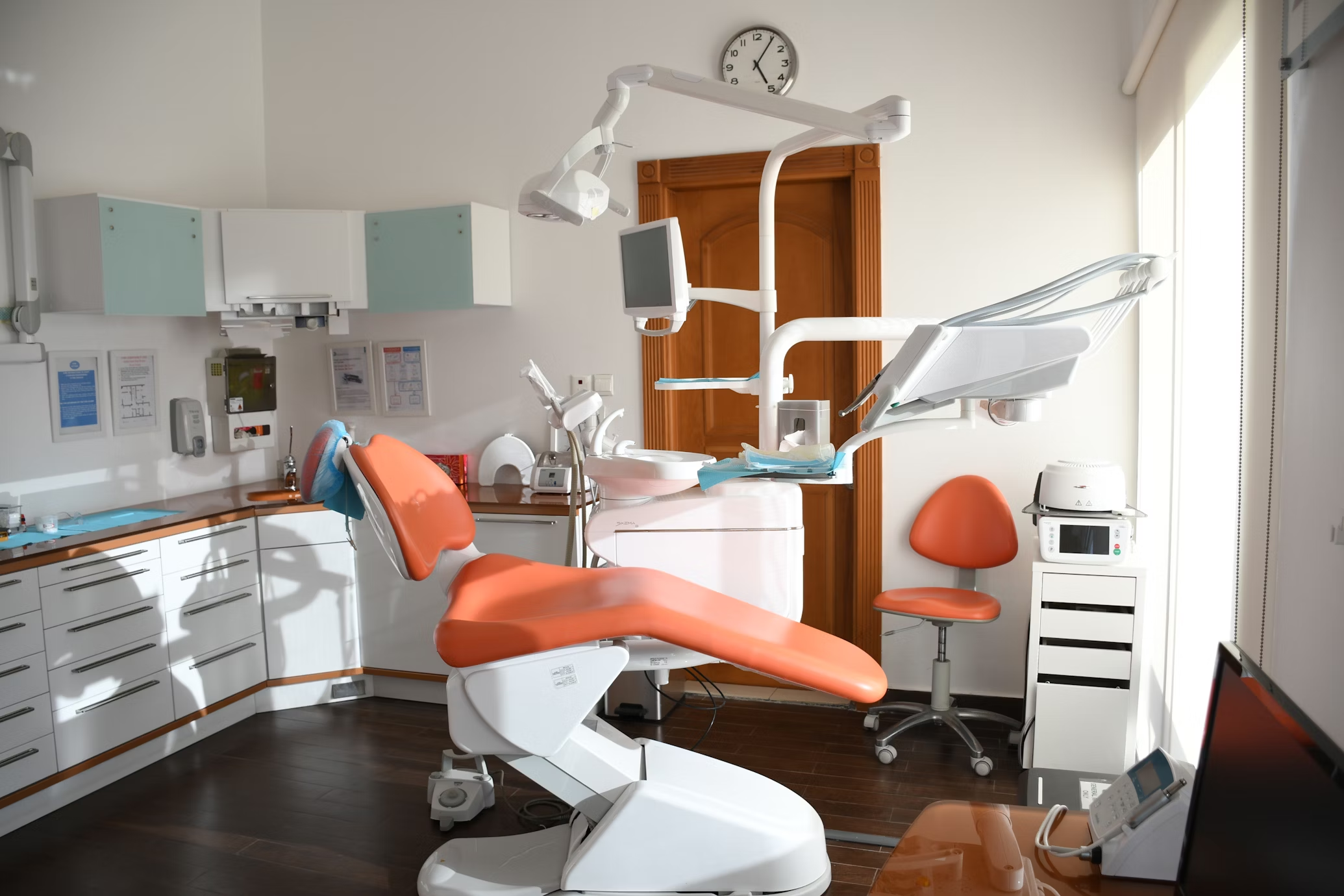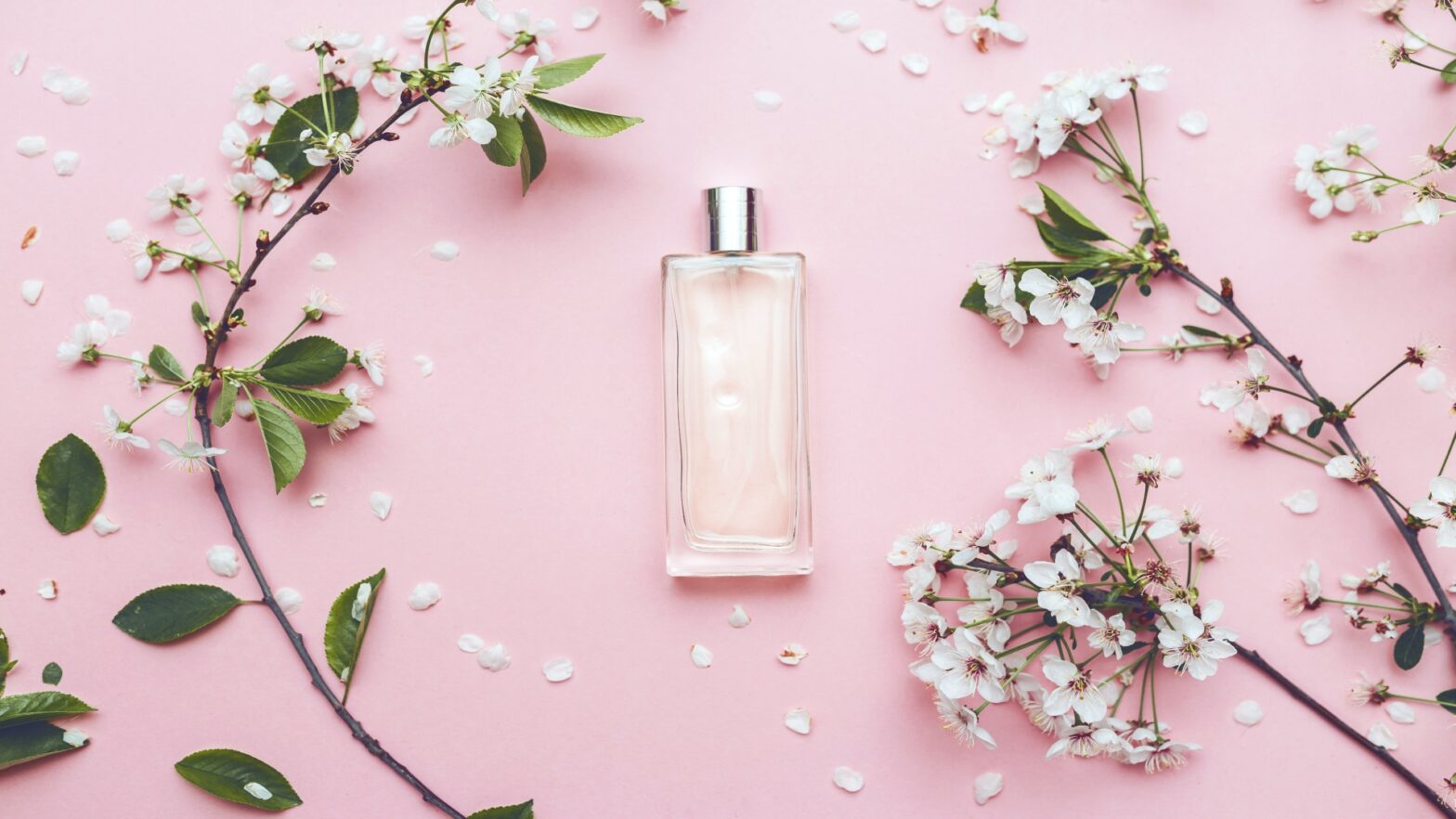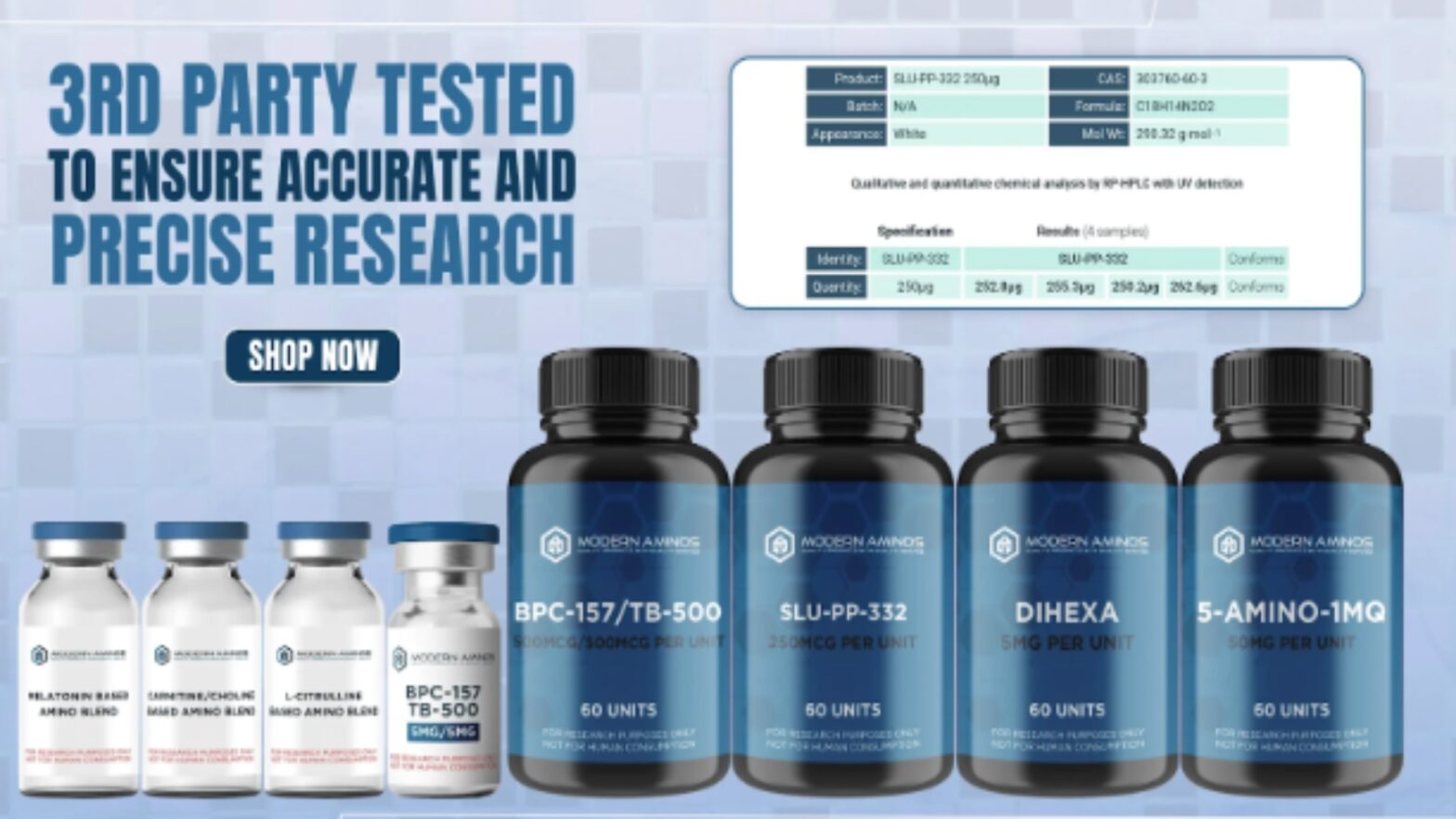The art and functionality of perfume glass in modern fragrance packaging
Glass packaging plays a crucial role in the perfume industry. It not only offers protection and preservation of the fragrance but also contributes to the aesthetic value of the product. In this article, we delve deeper into the topic of perfume glass, discussing essential information and applications relevant to both producers and consumers.
The history of perfume bottles
Perfume bottles have a rich history that dates back to ancient civilisations. From the Egyptians, who used alabaster and glass containers to store their precious oils, to the Romans and Greeks, who introduced refined designs, the evolution of perfume packaging has always been closely linked with cultural and technological advancements.
Ancient civilisations
In ancient civilisations, perfume bottles were often made from materials such as alabaster, gold, and glass. These materials were not only functional but also symbolic, often used in religious rituals and as status symbols.
Middle ages to modern times
During the Middle Ages, glassblowing further developed in Europe, leading to more refined and artistic perfume bottles. In modern times, we see a shift towards mass production without losing aesthetics thanks to advanced technologies.
Design and aesthetics of perfume packaging
The design of a perfume bottle is more than just a container for fragrance; it is an art form in itself. A well-designed bottle can enhance brand identity and attract consumers.
Innovative design
Consumers are increasingly looking for unique and visually appealing perfume glass bottles. Innovative designs can range from minimalist to extravagant, depending on the target audience.
Personalisation
A growing trend in the perfume industry is personalisation. Brands are increasingly offering customers the ability to customise their bottles, resulting in a more personal experience and higher customer satisfaction.
Sustainability in perfume packaging
Sustainability is now an important theme in virtually every industry, including perfumery. Glass is particularly attractive due to its recyclability and reusability.
Recyclability
Glass can be endlessly recycled without loss of quality, making it an eco-friendly choice for perfume packaging. This aligns with the growing demand for sustainable products among consumers.
Reuse
Besides recycling, glass also offers opportunities for reuse. Consumers can refill empty perfume bottles or use them for decorative purposes, contributing to less waste production.
Technological integration in perfume packaging
The integration of technology into perfume packaging offers new possibilities for interaction and information provision.
Smart packaging
Smart packaging uses technology such as QR codes or NFC chips to provide consumers with additional information about the product. This can range from ingredient lists to augmented reality experiences that tell the brand story.
Mist spray caps
Another technological innovation is the mist spray cap, which ensures a fine mist distribution of the perfume. This type of cap not only enhances user experience but also helps in evenly applying the fragrance.
Luxury perfume packaging
Luxury packaging plays a crucial role in how consumers perceive perfumes. Premium packaging can contribute to a sense of exclusivity and quality.
Materials and finishing
Luxury perfume bottles often use high-quality materials such as crystal glass and feature refined finishes like engravings or gold accents. These elements contribute to the perception of value and exclusivity.
Brand experience
A well-designed luxury package enhances brand experience by combining visual appeal with tactile sensations. This ensures that consumers are not only attracted to the product but also remain loyal to the brand.



